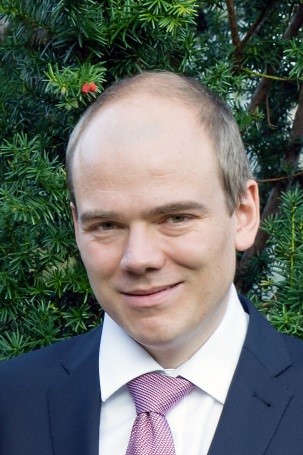National Research Council, Ottawa, Canada

102 Cardwell Hall
Strong-field ionization is the fundamental process of ionization by an intense visible or infrared laser field, where an atom or molecule may absorb many photons in excess of its ionization energy. The extreme non-linearity of the process is the basis for applications such as high-harmonic generation and attosecond metrology. Prominently, the attosecond streak camera has permitted deep insights into the ultrafast dynamics of electrons in atoms [1], molecules [2] and solids [3] using weak-field photoionization.
In my talk, I will introduce a streak camera for strong-field ionization [4] that I call STIER (= Subcycle Tracing of Ionization Enabled by infraRed). The method relies on ionization by an intense visible few-cycle pulse, and deflection of the generated photoelectrons by a phase-stable mid-infrared field of moderate intensity. I will show that STIER permits imaging of the individual ionization bursts near the peaks of the electric field of a few-cycle laser pulse, allowing insights into sub-cycle dynamics of ionization.
Tuning the polarizations, phases, and amplitudes of the optical laser fields used in STIER, opens up a large number of applications in strong-field (attosecond) physics of atoms, molecules and solids. I will present unpublished experimental results on imaging and controlling strong-field ionization of atoms, 4D imaging of an oscillating valence electron density, and coherent control of molecular dissociation using STIER. I will conclude by discussing future applications of this promising new method.
References
[1] R. Kienberger, et al. Nature 427, 817 (2004).
[2] G. Sansone, et al. Nature 465, 763 (2010).
[3] A. L. Cavalieri, et al. Nature 449, 1029 (2007).
[4] M. Kübel, et al. Phys. Rev. Lett. 119, 183201 (2017).
